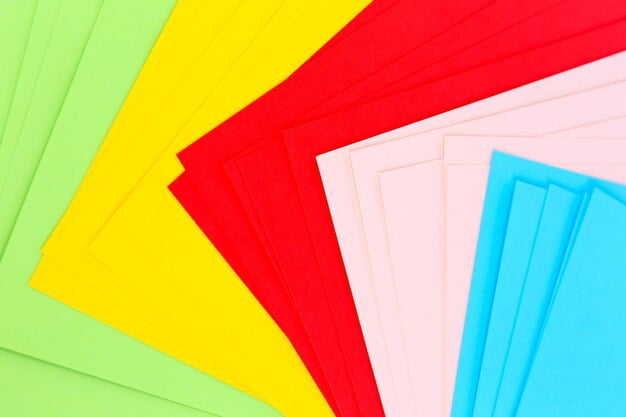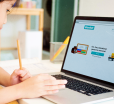Educational Uses For Plastic Sheets: Tools For Teachers And Students

Table Of Contents
From the early slates used in classrooms to contemporary interactive whiteboards, teaching materials have always evolved. Today, plastic sheets, a material commonly associated with industrial or craft-based applications, are emerging as an exciting tool in the realm of education.
As schools strive to adopt versatile, durable, and cost-effective materials, the myriad of uses plastic sheets offer is gaining attention.
1. Durability And Reusability
Compared to conventional teaching materials, like paper or cardboard, plastic sheets present a robust option. They resist wear and tear, ensuring that resources last longer, even in the hands of the most energetic students. A tool made from plastic can be used repeatedly across several school years, reducing the need for frequent replacements.
2. Dry-Erase Boards
One of the simplest applications of plastic sheets in a classroom is converting them into dry-erase boards.
When used with appropriate markers, these makeshift boards become the perfect tool for brainstorming sessions, mathematics problems, or even quick quizzes. Teachers can utilise them in group sessions, while students can use them for peer-to-peer learning or solo practice.
3. Tactile Learning Tools
Anyone can cut, module or shape plastic sheets into various objects or models. For subjects such as geometry or geography, you can even transform plastic sheets into three-dimensional shapes, topographical models, or even simple tools. These are like protractors and compasses. For visually impaired students, these tactile tools can significantly enhance learning experiences.
4. Customised Stationery
With the aid of a bit of creativity, plastic sheets can be crafted into bespoke stationery items. Think of binders, folders, and even book covers. Not only does this approach promote sustainability, but it also provides students with a chance to personalize their educational tools, fostering a sense of ownership and pride in their learning materials.
5. Classroom Organisation
Organisation is crucial in any learning environment. Clear plastic sheets can serve as see-through pockets, making the categorisation of resources straightforward. Teachers can arrange sheets by topic, subject, or even student groups. Such systems can streamline lesson planning and ensure resources are easily accessible when needed.
6. Artistic Endeavours
Art plays a vital role in education, encouraging creativity and self-expression. Plastic sheets can become canvases for myriad art projects. They can be painted on, drawn upon, or even incorporated into multimedia projects. The added benefit is that artwork on plastic can be preserved for longer, making it resistant to moisture and general wear.
7. Science Experiments
Science lessons often involve experiments that can get messy. Students can utilize plastic sheets as protective layers, ensuring that work surfaces remain clean. Moreover, given their transparent nature, they can be employed in experiments dealing with light refraction or color blending.
8. Sustainable Learning
Simply Plastics, among other suppliers, highlights the recyclability of many plastic products. With the increasing focus on sustainability in education, using plastic sheets teaches students about recyclable materials firsthand.
Schools can run projects around the lifecycle of plastics, culminating in recycling used sheets, thus fostering a sense of environmental responsibility.
9. Interactive Learning Spaces
Students can use transparent or translucent plastic sheets to craft interactive spaces within the classroom. For instance, anyone can hang sheets from the ceiling with items or notes attached, creating a dynamic, three-dimensional mind map. Even if, this interactive approach to learning can stimulate student engagement, catering, especially to those who are kinesthetic learners.
10. Outdoor Learning
Plastic’s durable nature makes it apt for outdoor education. Whether it’s for marking spots during a physical education lesson or creating waterproof labels in a school garden, the potential applications are vast.
Above all, you can use plastic sheets as makeshift weather shields, ensuring that materials like worksheets or books remain dry during outdoor sessions.
Conclusion
Plastic sheets, often overlooked in the context of education, offer an array of potential applications for both teachers and students. Their durability, versatility, and cost-effectiveness make them an invaluable resource in contemporary classrooms.
As educators continue to seek innovative methods to engage students and enhance learning experiences, the humble plastic sheet stands out as a tool of choice.
Additionals
You May Also Like

July 19, 2021
10+ Best Gaming Processor For 2024

September 9, 2025























